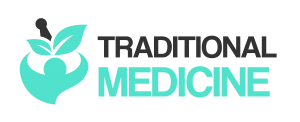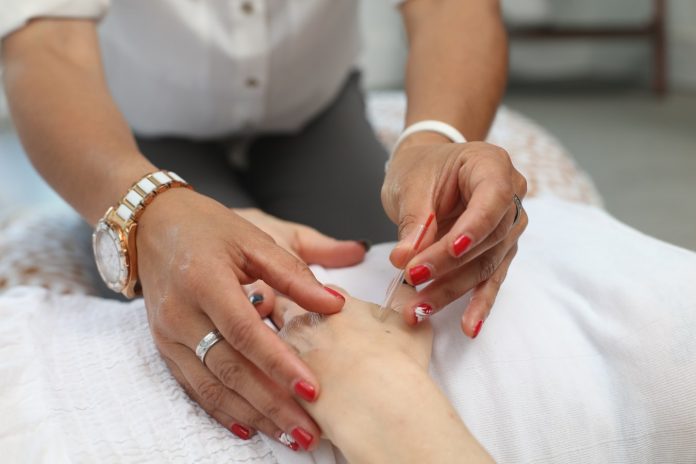What is Chinese Medicine?
Chinese Medicine is also commonly referred to as “Traditional Chinese Medicine” or TCM; it is so called because it originated in mainland China.
Chinese Medicine refers to the ethnic medicine that has been practised in China since prehistory. Chinese Medicine has also been a major influence on the traditional medicines of Korea and Japan. Chinese Medicine is a complete system of treatments that has been used traditionally in the past and is still the mainstream medicine in China today. There are many types of treatment associated with Chinese Medicine; those most commonly used and therefore usually associated with Chinese Medicine in the West however, are Acupuncture and Chinese Herbal Medicine.
Other common approaches are: Moxibustion, cupping, massage, press point therapy, manipulation and hydrotherapy.
How Old is Chinese Medicine?
As we have seen, Chinese Medicine consists of many treatment approaches; these treatment approaches did not all develop at the same time and at the same place in China, but all have their own history. Some form of Herbal Medicine was probably practised by all early humans, including the first humans in China, evidence for which dates back more than 1.5 million years. The first evidence of the type of medicine that led to the Chinese Medicine in use today however, dates back to about 3000 BC, which was during the neolithic (new stone age) period. Stone tools from this period called “Bian Shi” have been found that were specially shaped for making small incisions in the skin, which was the early form of acupuncture. It is also believed that moxibustion developed around this time. It was not until the Shang Dynasty (c. 1600 – 1100 BC) that bronze casting technology developed, which enabled the manufacture of lancets and other piercing instruments that to a some extent replaced the Bian Shi stone and bone tools previously used. Metal acupuncture needles which could, like modern needles, be inserted in the skin and left in place, did however not appear until the Han Dynasty (c. 2nd. Century BC).
The first known medical treatise called the “Huang Di Nei Jing” (The Yellow Emperor’s Classic of Internal Medicine), was compiled between 475 and 221 BC. This volume records the medical philosophy and methods of treatments that are still a part of Chinese Medicine today. As Chinese written symbols or ideograms have changed little over the centuries, this has provided a continuity of knowledge and tradition that has not been parallelled by any other culture.
Click this button for more information on the Huang Di Nei Jing Chinese Medicine, which embodies a complete and holistic treatment system, is still an integral and most important part of everyday life in China and is actively supported by the Chinese Government through research and education, and in its hospitals. This stands in sharp contrast to the ethnic medical traditions of the West, which have been persecuted and suppressed since the Renaissance, to be replaced by a relative newcomer: Allopathic Medicine. And although neither Chinese Medicine nor the ethnic medical traditions of the West are based upon scientific principles, the likely reason as to why Chinese Medicine has survived over the ages and the ethnic Western medical traditions have not, is most likely due to Chinese Medicine being based upon Taoism, which is a mainstream Chinese belief system .
What are the Taoist Principles of Chinese Medicine?
Athough the Taoist philosophy, which represents the foundation of Chinese Medicine, is very ancient, its principles were only first set down around 400 BC. by Lao Tzu in his book the “Tao Te Jing”, or “Classic of The Law”. This book expounds a natural and ecological philosophical system which promotes the concept of health and prosperity through the awareness and observance of the immutable cosmic law, the “Tao”. It states that there are two opposing and equal forces in the universe, the dark, static and negative force “Yin” and the radiant, active and positive force “Yang”. It explains that there is a natural interaction between the opposing potentials of these two forces, which manifests as a flow of energy called “Qi”.
Chinese Medicine philosophy considers there to be a number of different forms of Qi in the body, but the most important type of Qi as far as treatments are concerned, is the Qi which is perceived to flow along the 12 “Meridians”, or energy lines.
These Meridians are associated with certain major organs of the body as follows:
- Lung Meridian
- Colon Meridian
- Stomach Meridian
- Spleen Meridian
- Heart Meridian
- Small Intestine Meridian
- Bladder Meridian
- Kidney Meridian
- Pericardium Meridian
- Triple Warmer Meridian
- Gallbladder Meridian
- Liver Meridian
The flow of Qi is governed by the time of the day, the seasons of the year, the traditional 5 elements, cold, heat, dampness, dryness, etc.; and by internal factors such as the emotions and the indiscriminate use of food
Chinese Medicine therefore, sees health as a balance in the body of the two opposing forces Yin and Yang, which provides a harmonious and correct flow of Qi. It considers that an unbalanced diet, lifestyle or environment will disrupt this balance and thus the flow of Qi; this in turn manifests as the symptoms of disease. The aim of the practitioner of Chinese Medicine is to restore health by removing the cause, correcting abnormal function, opposing the imbalance and normalising the flow of Qi.
What Treatment Methods are used in Chinese Medicine
Chinese Medicine uses a number of modalities:
- Herbal Medicine – this is the oldest form of Chinese medicine.
This treatment originally required the patient to boil up medicinal plants and other medicinal substances, and drink the resultant liquid. These days Chinese Herbal Medicine is more commonly administered in the convenient form of powders that can be dissolved in water, or in the form of pills. Herbal Medicine is usually used to counteract the effects from excessive cold, heat, dampness, dryness, etc., and to restore normal function of the organs. - Acupuncture (from the Latin: Acu = fine needle + punctura) refers to the insertion of very fine needles into specific points on the body which are traditionally known to regulate the flow of Qi. Acupuncture when done by an expert Chinese Medicine practitioner is rarely painful, but is relaxing and provides a sense of renewed energy and well-being. The aim of Acupuncture is to restore the normal the flow of Qi in the Meridians. As such it is used to relieve pain and restore normal homeostasis.
Click this button for more information on Acupuncture - Moxibustion is the application of heat to specific points or areas on the body. A smouldering roll or small cone of dried and compacted herbs usually provides the heat source. Moxibustion may be used by itself, but is most commonly used as an ancillary to acupuncture for “cold”, that is, chronic diseases.
- Cupping. In this modality glass or acrylic suction cups are applied to specific areas of the body. It is mainly used for conditions that are associated with “stagnation” which often manifests as chronic pain.
- Massage (Tui-Na). Chinese Massage uses a number of techniques, which are designed to release tightness in tissues, stimulate specific points or areas, and facilitate the flow of Qi. Chinese massages are usually very relaxing, highly invigorating or both.
- Surgery (this was always regarded as a last resort, although effective anaesthesia which used a combination of Acupuncture and Palina wine or Acupuncture and opium, has been available for over 2000 years. This was because Confucian ethics frowned on surgery as it regarded the human body sacred and inviolable).
- Other therapeutic methods:
- Diet therapy.
- Manipulation.
- Breathing exercises (Qi-Gong).
- Exercise therapy (Tai-Qi).
- Hydrotherapy.
- Heliotherapy.









